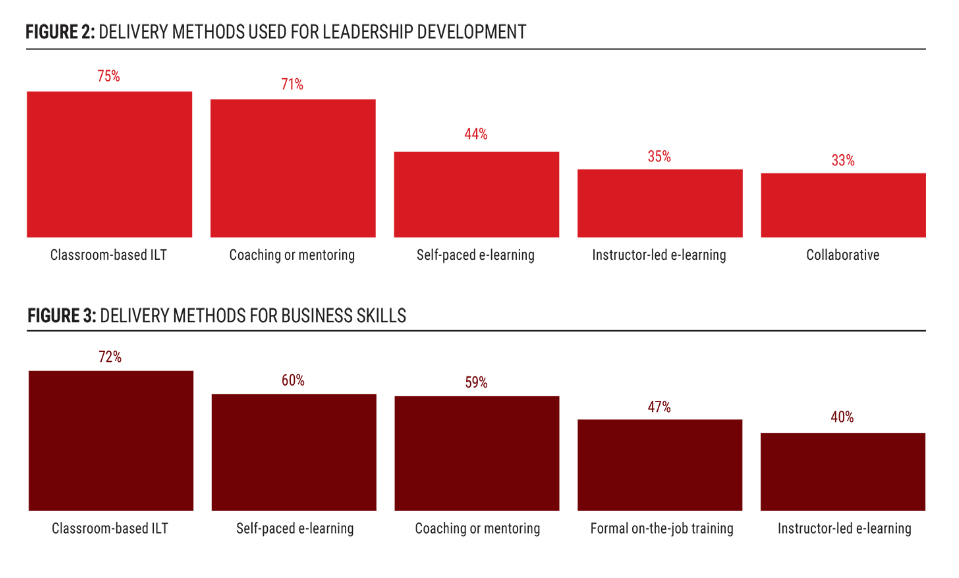
Learning leaders value mentoring and coaching more than ever, but the mentors and coaches themselves may be changing.
by Ashley St. John
December 4, 2019
Mentoring and coaching are long-valued methods of leadership, career and personal development. Oprah Winfrey summed up the importance of mentoring during a 2002 interview: “A mentor is someone who allows you to see the hope inside yourself. A mentor is someone who allows you to know that no matter how dark the night, in the morning joy will come. A mentor is someone who allows you to see the higher part of yourself when sometimes it becomes hidden to your own view.”
Organizations and learning leaders have long recognized the value of coaching and mentoring their people to bring them to the next level in their careers. And in today’s business environment, where younger employees value development opportunities, offering mentoring and coaching can lead to higher levels of engagement and retention. According to data from the Chief Learning Officer Business Intelligence Board’s “2019 Learning State of the Industry” report, more than 75 percent of responding organizations currently use coaching or mentoring as a learning delivery method (Figure 1).

The Chief Learning Officer Business Intelligence Board is a group of 1,500 professionals in the learning and development industry who have agreed to be surveyed by the Human Capital Media Research and Advisory Group, the research and advisory arm of Chief Learning Officer magazine. This survey was conducted from January to March 2019.
Delving deeper into how coaching and mentoring are used in learning and development, the survey found, unsurprisingly, that they are generally used to develop intangibles, such as leadership (71 percent), business skills (59 percent) and core competencies (53 percent) — see figures 2, 3 and 4. Thirty-nine percent of organizations reported using coaching and mentoring for onboarding/new hire training, 38 percent said they use them for technical skills, and a mere 13 percent use them for compliance training.



On its face, it seems that the true value of mentoring and coaching lies in the personal connections forged between mentors and mentees — whether it be through traditional coaching/mentoring, or reverse mentoring, as Rita Balian Allen discusses in her recent article, “Get on board with reverse mentoring.” However, some organizations are taking advantage of a new kind of coaching and mentoring — enabled by artificial intelligence-driven apps. Elizabeth Loutfi’s article, “What does the future hold for AI-enabled coaching?” explores some of the AI-enabled coaching apps that are currently available.
However, this begs the question: Can a non-human coach really deliver the same benefits as an actual person? A January 2019 Forbes article, “Mentoring Matters: Three Essential Elements of Success,” shares some of the most important qualities to look for in a mentor. While AI-enabled coaches and mentors seem perfectly suited to offer some of these — “The ability and availability to commit real time and energy to the mentoring relationship” and “current and relevant industry or organizational knowledge, expertise and/or skills” — they would likely fall short in others, particularly “A willingness to share failures and personal experiences.”
It’s a conversation that will play out in the near(ish) future. Meanwhile, respondents to the “2019 Learning State of the Industry” report listed coaching and mentoring as the No. 1 learning delivery method expected to increase in the next 12-18 months (Figure 5).

Whether human or not, coaches and mentors remain a very valued part of people development.
Figures’ source: Chief Learning Officer Business Intelligence Board’s “2019 Learning State of the Industry,” N=537. All percentages rounded.




